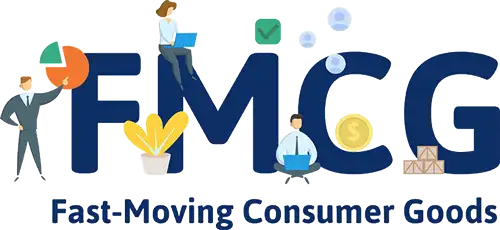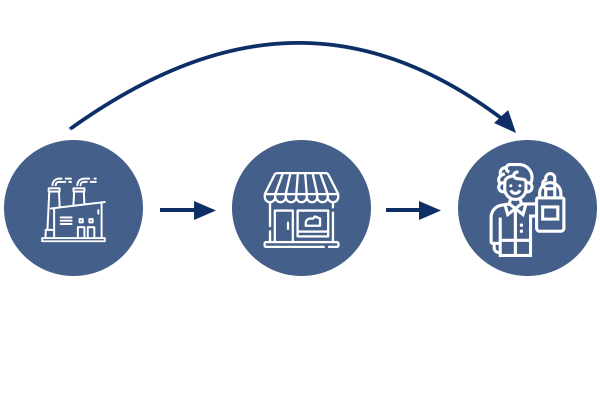A large part of consumer spending consists of the sale of fast moving consumer goods, or FMCG products. But as far as FMCG eCommerce is concerned, there is still a lot of ground to gain. If this industry has such a large share of all spending, why isn't it traded online? Time to get up and invest in FMCG eCommerce.


Where other industries are making significant progress online, FMCG eCommerce still seems an odd one out. This may have to do with continuously changing customer demands or emerging trends. After all, customers look beyond just the price. They want a company to respond to their demand: they expect a good deal, on a channel of their choice. This means that large parties, for example, are already using online marketplaces and direct-to-consumer (D2C) strategies. This not only requires flexibility from the company, but also requires an agile policy. By omitting the middleman, the organization must accurately keep inventory and manage logistics shipping. It is a challenge, but it also offers enormous opportunities for the FMCG sector.
Because we have fully integrated the CloudSuite platform with our ERP system via API, we see a decrease in both data management activities and the number of support requests and we handle a substantially higher volume of orders with fewer employees than before.
In this whitepaper we share the arguments why an omnichannel strategy is also suitable for B2B and the steps for implementation in the organization.
Download the whitepaperOne in three B2B buyers buy at least half of their products on business-to-business marketplaces. We dive into the world of the marketplaces and look at the added value of this channel.
Read the blogAdvanced, data-driven technologies and practices make it easier than ever to reach and serve customers where, when and how they want. Some practical examples of well-applied personalization in B2B eCommerce.
Read the blog